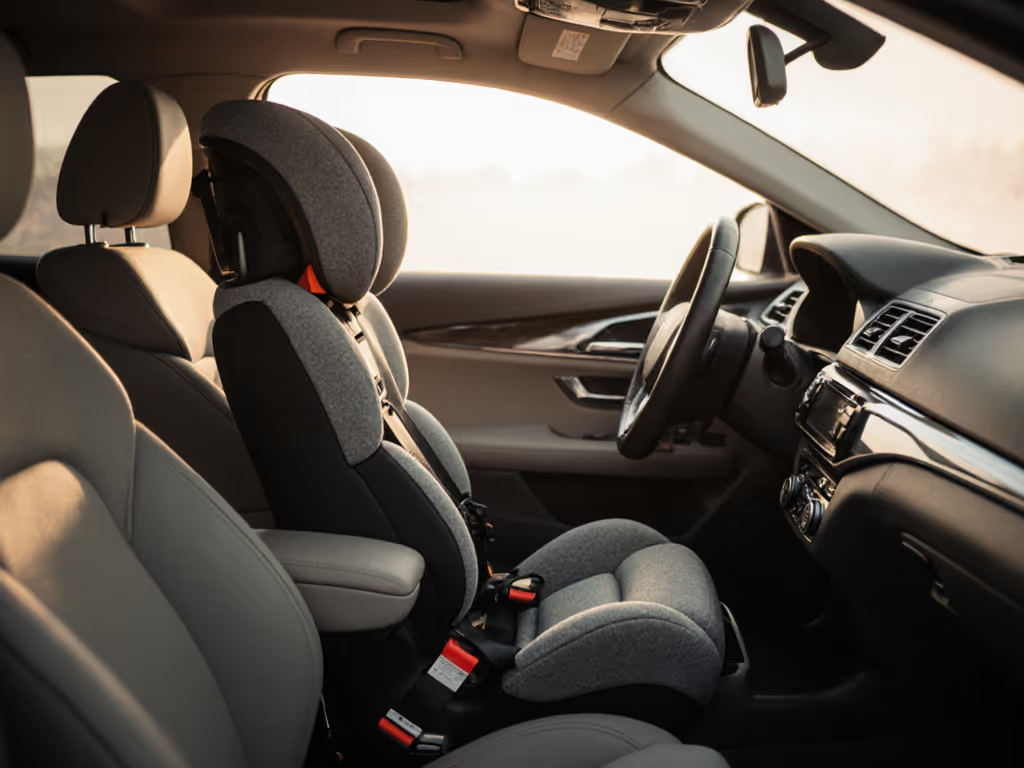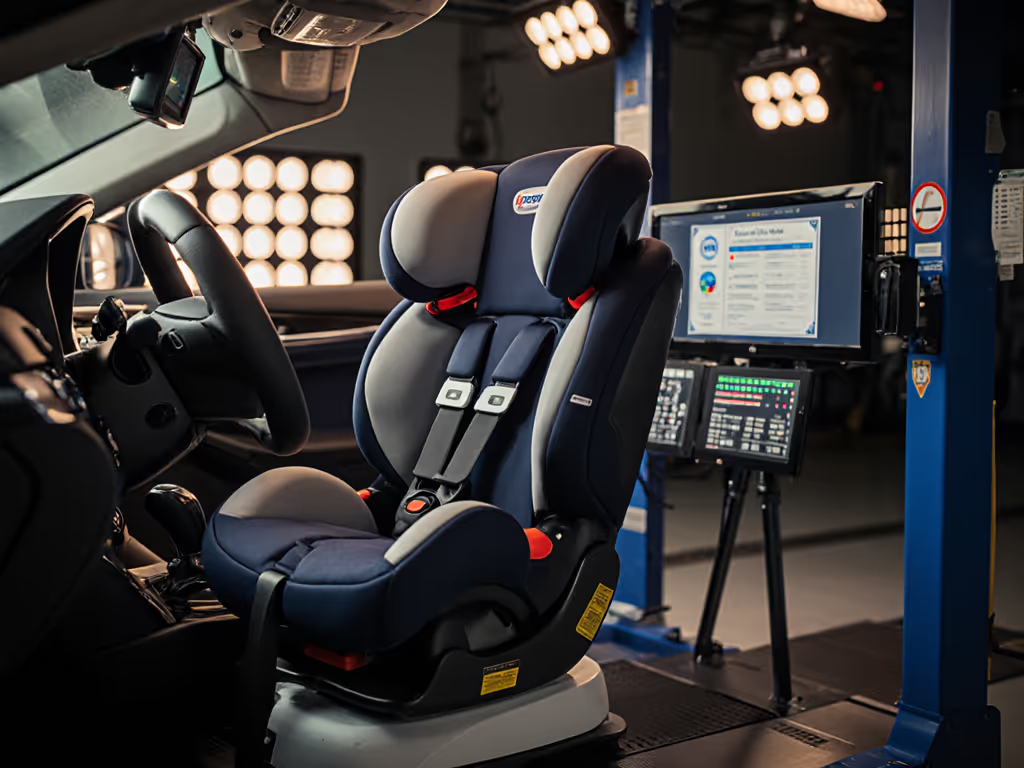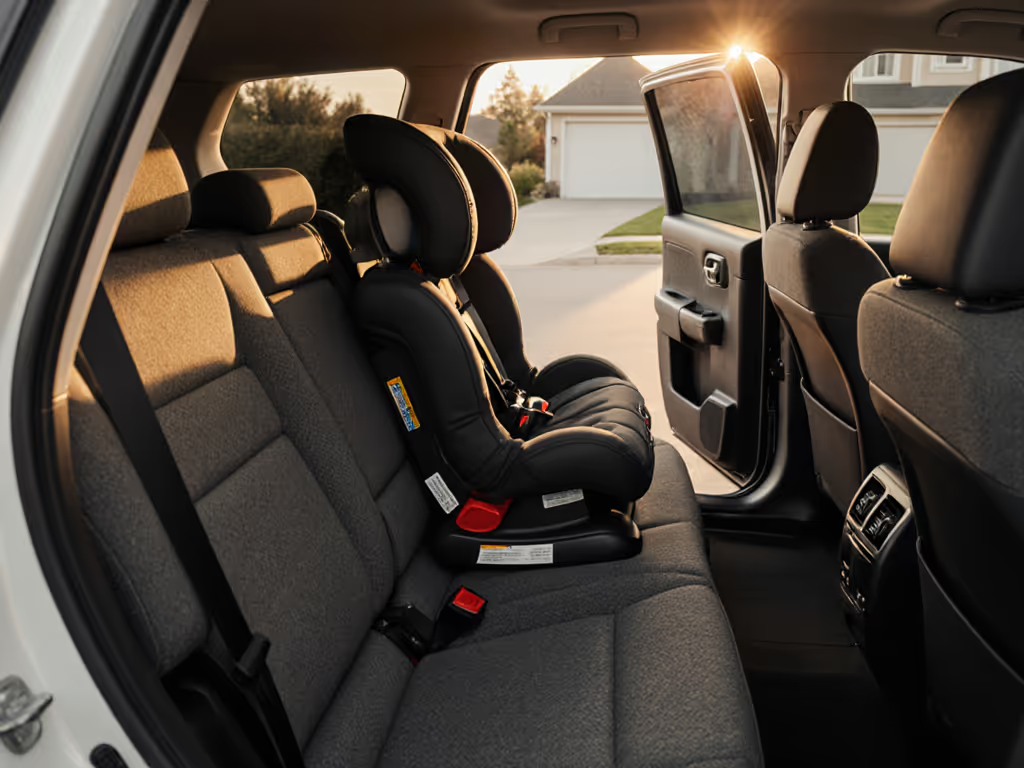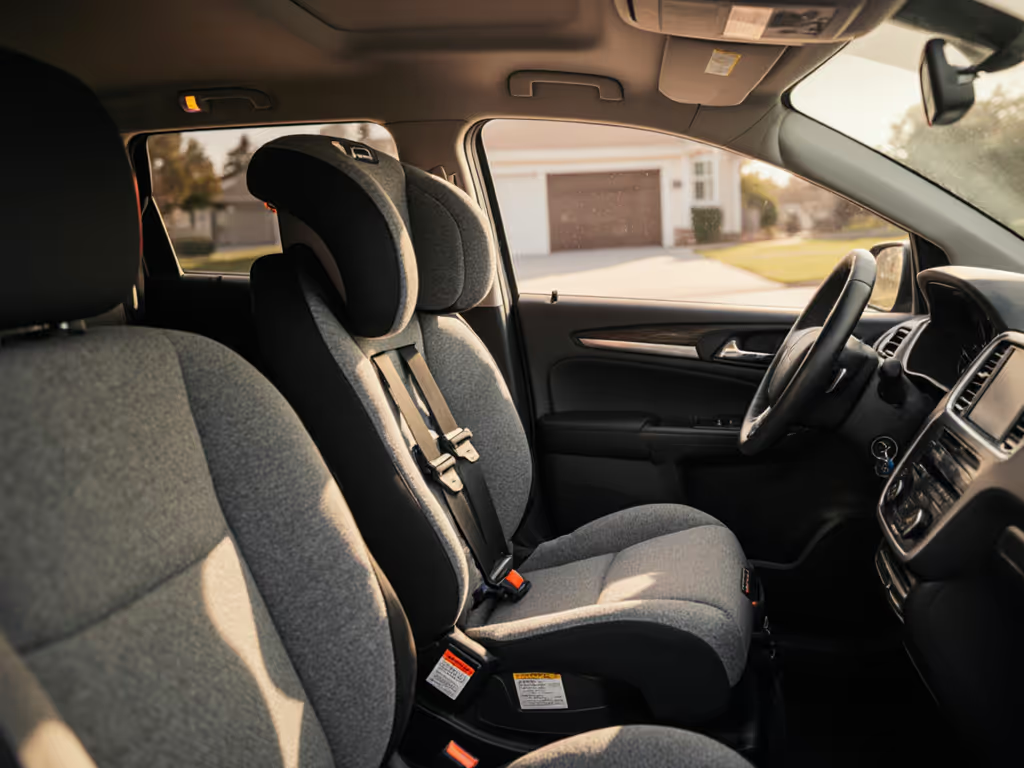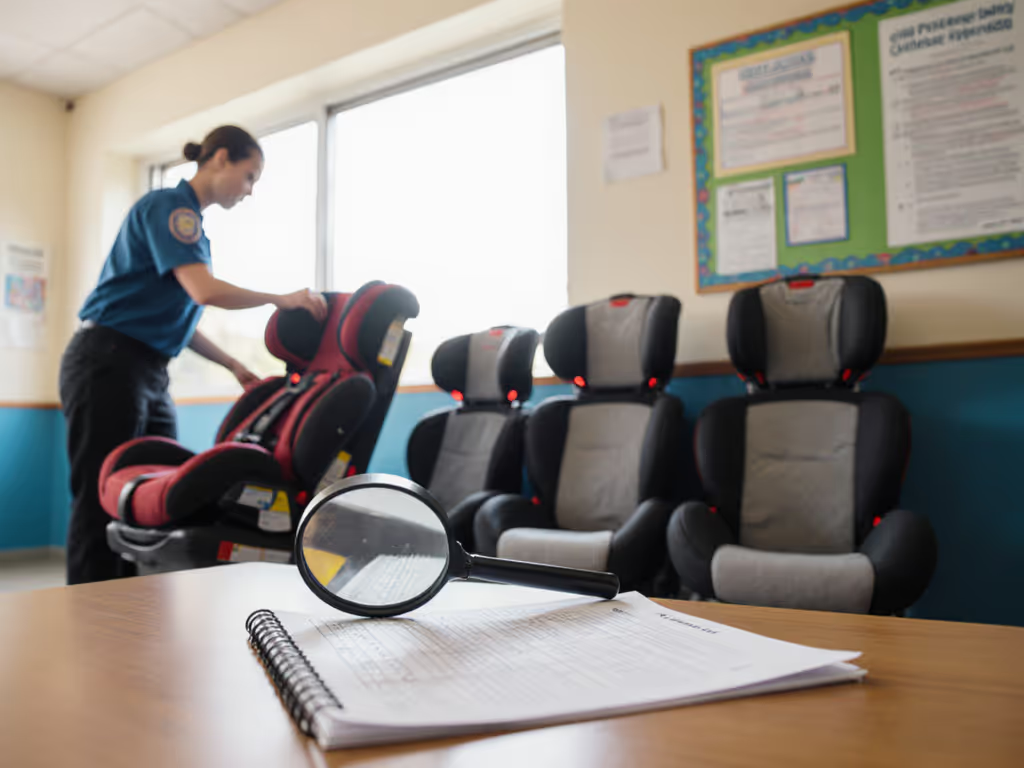
Car Seat Testing: Everything You Need to Know
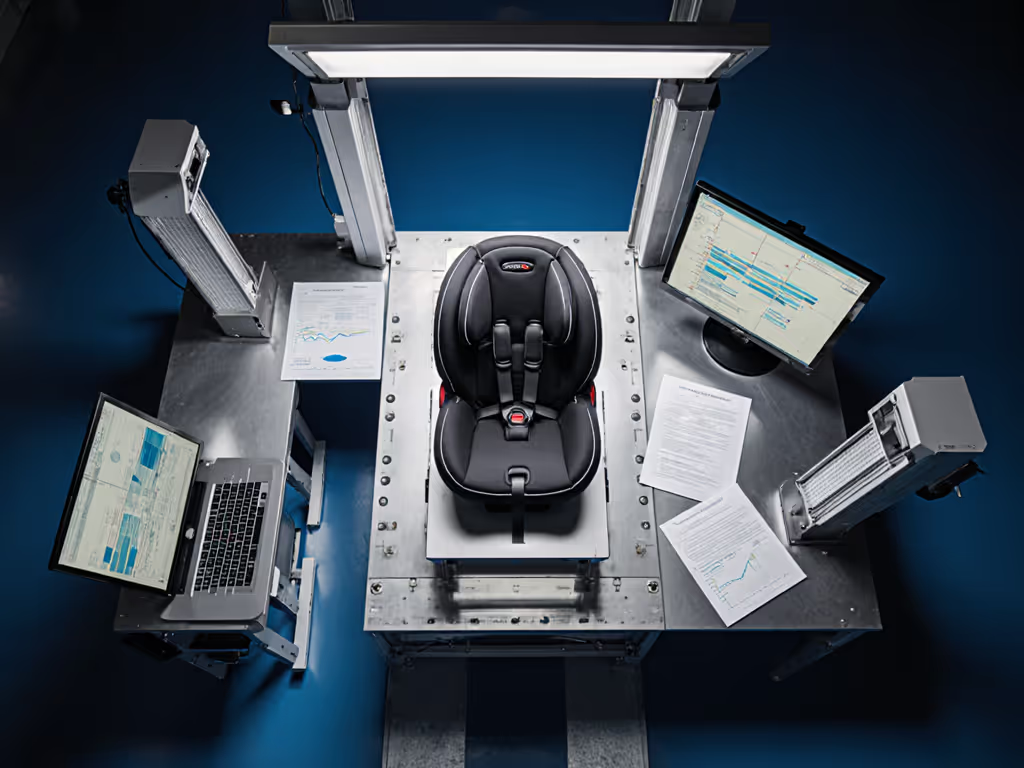
Every year, car seats help prevent serious injuries for thousands of children in car accidents. Yet many parents are surprised to learn that nearly half of car seats are installed incorrectly, according to the NHTSA. With child safety hinging on the right choice and installation, understanding car seat testing gives families the practical knowledge they need to protect their youngest passengers with confidence.
Key Takeaways
| Point | Details |
|---|---|
| Importance of Car Seat Testing | Car seat testing is crucial for ensuring child safety, significantly reducing the risk of injury or death in vehicle crashes. |
| Types of Testing Protocols | Comprehensive testing categories, including dynamic crash tests and ease-of-use evaluations, assess car seat effectiveness under various conditions. |
| Legal Standards | Regulations vary globally but generally require age and size-appropriate restraints, with ongoing updates based on safety data and research. |
| Common Misconceptions | Many parents incorrectly believe their car seats are installed properly, highlighting the need for professional guidance and continual education. |
Defining Car Seat Testing and Its Importance
Car seat testing is a comprehensive safety evaluation process designed to protect the most vulnerable passengers: children. These rigorous assessments examine child restraint systems to determine their ability to safeguard infants and young children during vehicle crashes. Government agencies like the National Highway Traffic Safety Administration (NHTSA) conduct these tests to ensure that car seats meet stringent safety standards before reaching consumer markets.
The primary objective of car seat testing is to dramatically reduce the risk of injury or death in vehicular accidents. According to the Centers for Disease Control and Prevention, proper use of car seats can prevent numerous serious injuries. These tests evaluate multiple critical factors, including:
- Structural integrity under simulated crash conditions
- Material strength and durability
- Harness and restraint system effectiveness
- Impact absorption capabilities
- Performance across different vehicle types and seating positions
Understanding car seat testing empowers parents and caregivers to make informed safety choices. While manufacturers conduct initial design and prototype testing, independent safety organizations perform additional verification to ensure comprehensive protection. These evaluations go far beyond simple compliance - they represent a critical line of defense in child passenger safety, transforming complex engineering assessments into real-world protection for children traveling in vehicles.
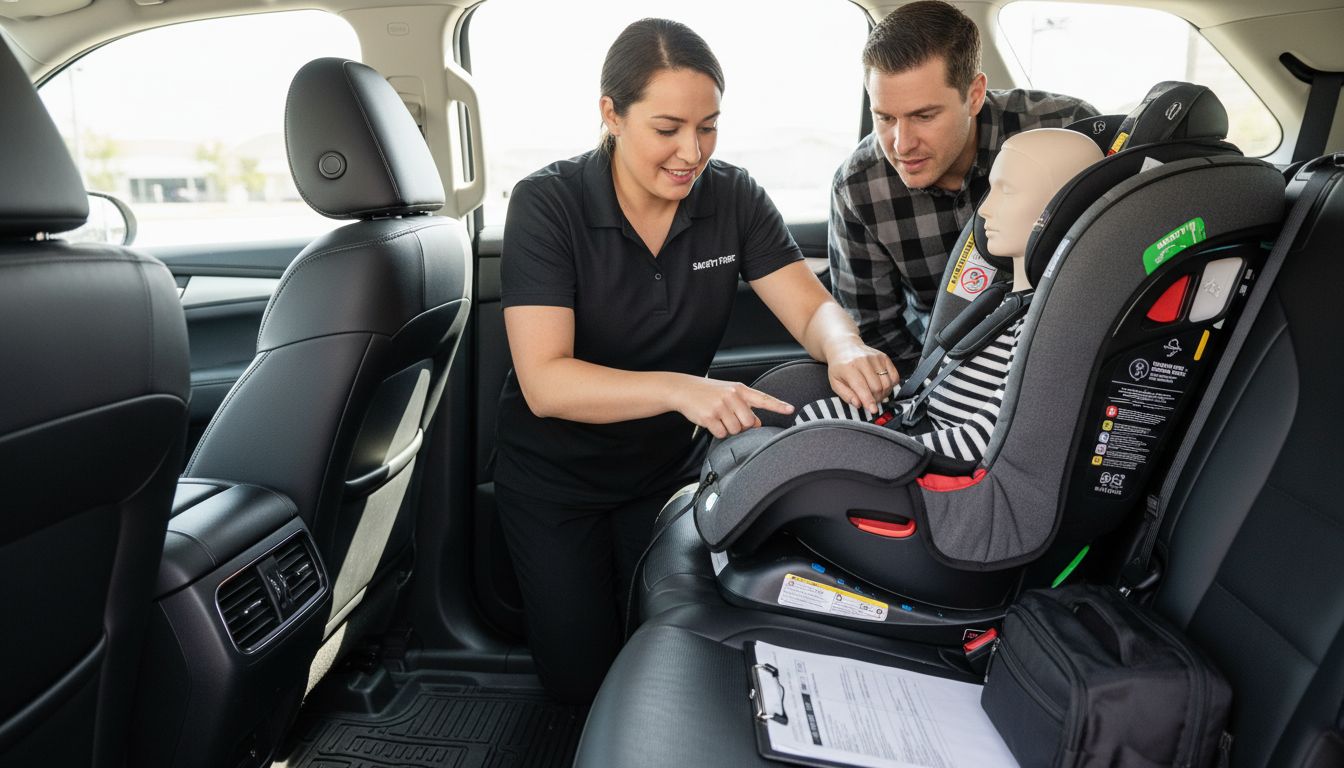
Types of Car Seat Testing and Protocols
Car seat testing involves a complex series of evaluations designed to ensure maximum child safety across multiple scenarios. The National Highway Traffic Safety Administration (NHTSA) conducts comprehensive testing protocols that examine car seats under diverse and demanding conditions. These assessments go far beyond simple visual inspections, utilizing advanced scientific methods to simulate real-world crash dynamics and potential safety challenges.
The primary testing categories include:
- Dynamic Crash Tests: Simulate actual vehicle collision scenarios using specialized test sleds and anthropomorphic child dummies
- Static Evaluations: Assess structural integrity, harness system effectiveness, and material durability without simulated impact
- Ease-of-Use Testing: Examine how easily parents and caregivers can correctly install and secure car seats
- Material Stress Tests: Evaluate fabric strength, buckle reliability, and component resilience under extreme conditions
Independent safety organizations like the Insurance Institute for Highway Safety (IIHS) conduct additional rigorous testing protocols. These include frontal, side-impact, and rollover scenario assessments that push car seats to their absolute performance limits.
Here's a summary of key types of car seat tests and their focus:
| Test Type | Main Purpose | Areas Evaluated |
|---|---|---|
| Dynamic Crash Tests | Simulate collision scenarios | Crash protection<br>Dummy response |
| Static Evaluations | Assess without crash simulation | Structural integrity<br>Harness strength |
| Ease-of-Use Testing | Test installation and adjustment | User installation<br>Securing procedure |
| Material Stress Tests | Test material/component limits | Fabric strength<br>Buckle reliability |
How Car Seat Testing Ensures Child Safety
Child safety in vehicles is a critical concern that goes far beyond simple design and manufacturing. According to the National Highway Traffic Safety Administration (NHTSA), properly installed car seats can reduce the risk of fatal injury by an astounding 71% for infants and 54% for toddlers in passenger car crashes. This remarkable statistic underscores the life-saving potential of rigorous car seat testing and design.
The comprehensive testing process ensures child safety through several critical mechanisms:
- Precise impact absorption technologies that minimize crash forces
- Engineered harness systems that distribute crash energy away from the child's most vulnerable body parts
- Robust structural designs that maintain integrity during sudden, extreme movements
- Detailed material selection that provides both strength and flexibility
- Comprehensive installation guidelines that minimize user error
The Centers for Disease Control and Prevention emphasizes that car seat use reduces injury risk in crashes by 71-82% compared to seat belt use alone. These testing protocols represent more than technical evaluations - they are a scientific approach to protecting children's lives.
By subjecting car seats to extreme simulated conditions, researchers can identify and eliminate potential safety vulnerabilities before these critical child restraint systems reach parents and caregivers.
Legal Standards and Compliance Worldwide
Car seat regulations represent a critical framework of child protection laws that vary significantly across different regions and jurisdictions. In the United States, the National Highway Traffic Safety Administration (NHTSA) has established comprehensive guidelines that have been adopted by all 50 states, the District of Columbia, and U.S. territories. These laws mandate specific requirements for child restraint systems based on age, weight, and developmental stages.
Key aspects of legal standards typically include:
- Age-specific requirements for car seat usage
- Weight and height restrictions for different seat types
- Mandatory installation guidelines
- Penalties for non-compliance
- Periodic update of safety standards
Recent legislative trends show an evolving approach to child passenger safety. Current regulations now require children to ride in appropriate car seats or booster seats until as old as nine years, reflecting ongoing research into child biomechanics and crash protection. International standards, while varying by country, generally follow similar principles of protecting children through scientifically validated restraint systems. These legal frameworks are not static - they continuously adapt based on new research, technological advancements, and real-world crash data, ensuring that child passenger protection remains at the forefront of transportation safety policy.
Common Misconceptions and Mistakes to Avoid
Car seat safety is often misunderstood, with many parents unknowingly putting their children at risk through common misconceptions. According to the National Highway Traffic Safety Administration (NHTSA), almost half of all car seats are installed incorrectly, despite most parents believing they have installed them properly. This alarming statistic highlights the critical need for accurate information and professional guidance.
The most prevalent misconceptions and mistakes include:
- Premature seat transitions: Moving children to the next seat type too quickly
- Incorrect harness positioning: Improperly adjusted straps that compromise safety
- Bulky clothing interference: Winter jackets that prevent proper harness fit
- Expired or damaged seats: Continuing to use car seats beyond their recommended lifespan
- Improper installation angle: Not ensuring the correct recline for the child's age and seat type
Fortunately, resources are available to help parents overcome these challenges. Certified Child Passenger Safety Technicians provide free education on choosing the right car seat, installing it correctly, and using it properly every time. The key is to remain vigilant, seek professional guidance, and never assume that a car seat is correctly installed without a thorough professional inspection. Safety is about continuous learning and adaptation, not just a one-time setup.
Protect Your Child with Expert Guidance on Car Seat Safety
Navigating the complexities of car seat testing and child safety standards can be overwhelming for parents and caregivers. This article highlights common challenges such as improper installation, premature seat transitions, and misunderstanding legal requirements that put children at risk. At Fits for Years Seats, we understand your goal to keep your child safe through every stage of growth with a properly tested and certified car seat.
Discover personalized support tailored to your child and vehicle with our in-depth safety guides, detailed product comparisons, and easy-to-follow installation tips. Avoid costly mistakes and feel confident knowing that you are using reliable data based on rigorous car seat testing and real crash safety science.
Looking for a car seat that meets the highest safety standards and fits your family’s needs perfectly? Visit Fits for Years Seats now to explore expert reviews and find the perfect convertible car seat. Don’t wait until an emergency happens. Take charge of your child’s safety today by getting the right seat that stands up to all official testing and delivers peace of mind.
Frequently Asked Questions
What is car seat testing and why is it important?
Car seat testing is a safety evaluation process that assesses child restraint systems to ensure they can effectively protect children during vehicle crashes. It is vital as it helps reduce the risk of injury or death in accidents, providing parents with confidence in the safety of car seats.
What types of tests are conducted on car seats?
Car seats undergo several tests, including dynamic crash tests that simulate collisions, static evaluations for structural integrity, ease-of-use testing for installation and adjustment convenience, and material stress tests to ensure durability and reliability.
How do car seat testing protocols ensure child safety?
Car seat testing protocols ensure child safety by utilizing technologies for impact absorption, engine designs for appropriate harness systems, and detailed material selections that provide strength, flexibility, and user-friendly installation guidelines.
What are common mistakes parents make regarding car seat safety?
Common mistakes include prematurely transitioning children to the next seat type, incorrect harness positioning, using bulky clothing that interferes with the harness, continuing to use expired or damaged seats, and not ensuring the proper installation angle. Certified Child Passenger Safety Technicians can provide assistance in avoiding these mistakes.

